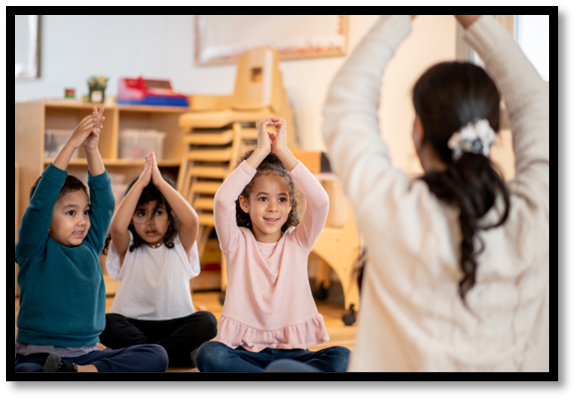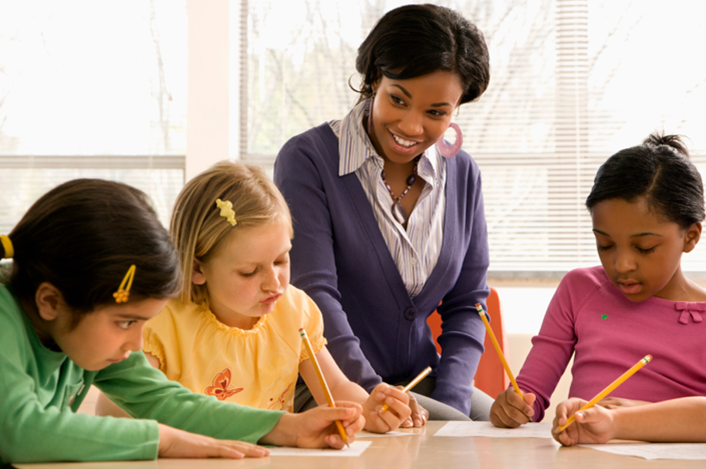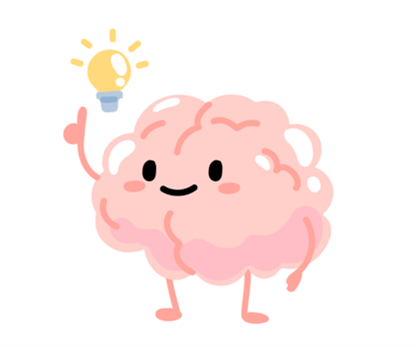“I didn’t do it.” “It’s not my fault.” “He started it.” “I’m not good at math (or reading, or painting…).” If you’re in education, no matter the age-group of students you’re working with, you’ve likely heard some variation of the these statements more times that you can count! Did you know, though, that these sentiments and others like them tend to come from the hearts of children in trauma who have an unmet responsibility need? As Rumi, the great poet and philosopher once said, “Maybe you are searching among the branches, for what only appears in the roots.” When we commit to becoming trauma invested, it’s imperative that we become well versed in understanding the root issues of our kids in need. Only then can we effectively understand and address what our students are craving. Over the course of this blog series about becoming trauma invested and providing social-emotional learning based interventions, we’re exploring meeting the needs of relationship, responsibility and regulation, with today’s focus being on responsibility .
The unmet responsibility need is an interesting one. Before reading the work of Kristin Van Marter Souers who authored Relationship, Responsibility and Regulation: Trauma Invested Practices for Fostering Resilient Learners, I mostly thought of responsibility simply as doing what you’re supposed to do or ‘taking care of your business’, if you will. In a nutshell, the responsible students have turned in their homework and have a sharpened pencil. How wrong I was! There is so much more to being responsible, and it includes having a sense of self-worth, taking ownership and lots more. You see, when children are being raised in an environment that lacks predictability or feels chaotic and even scary at times, they have learned to be on high-alert, waiting to see & to defend themselves against how the outside world will affect them. While this makes perfect sense, something else is also going on: these same children may never be getting the opportunity to self-reflect or to notice how their own behavior and ownership (or lack thereof) affects others. Not because they don’t want to be introspective, but simply because their brains and bodies are consumed with constant self-protection. Chances are that the adults closest to them have also not developed this learned skill, creating a generational ‘it’s never my fault’ mindset.
With all of this in mind, how might you recognize a student who is suffering from an unmet responsibility need?
They often display the following behaviors:
- They exit quickly (When the going gets tough, they quit or behave in a way that they assume will cause the teacher to remove them from class)
- They often use negative self-talk (‘I could never do that’, ‘I’m so dumb')
- They have broken relationships
- They crave a predictable schedule (Life feels out of control, which leads to the next point…)
- They desire and seek out control
While there is nothing quick about filling the responsibility need, there are some simple strategies to get you started:
- Use the word ‘yet’ very frequently (This little word hold lots of power. It lets the student know that you believe in their ability and trust for an eventual, positive end result!)
- Teach grit (Intentionally point out where the student has succeeded in other areas, like moving up levels in a video game or learning a new dance move)
- Model using positive self-talk in front of the student, lavishing them with words like grit, effort and attitude
- Assign seats and classroom responsibilities
- Forecast changes (This will eventually lead them to embrace change, rather than to fear it)
- Provide clear expectations
To dive deeper into how you can recognize and meet specific student needs through social emotional learning strategies, check out each of our blogs in this four part series!
If you’d like to learn how GrapeSEED helps children to acquire English while including predictability, repetition and a low affective filter while building and fostering independence in the classroom and beyond, click here.




Ready to Start Your Journey?

6425 Living Place
Suite 200 #1021
Pittsburgh, PA 15206
Tel: 800-449-8841
Email: contact.us@grapeseed.com
© 2024 GRAPESEED INTERNATIONAL PTE. LTD.
